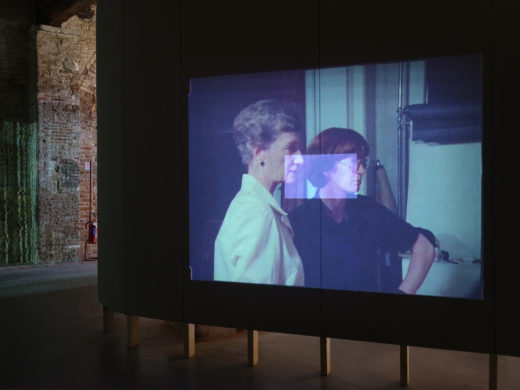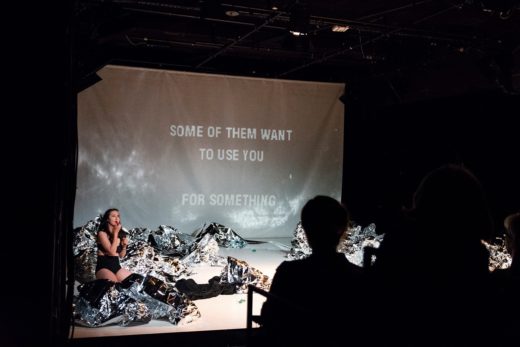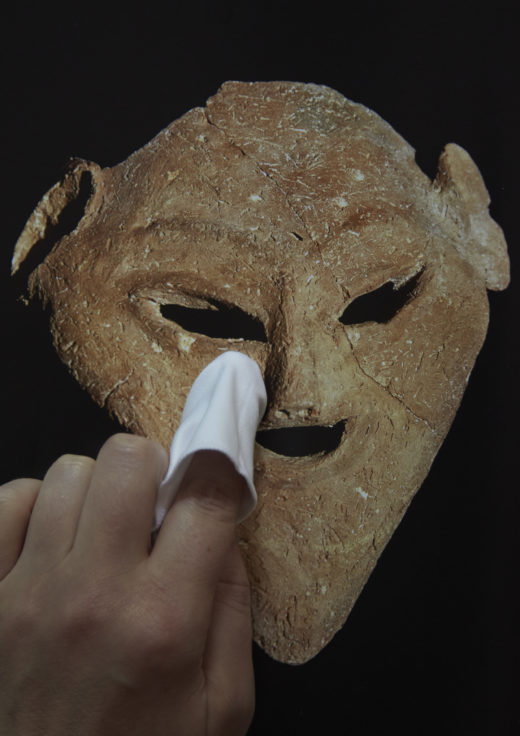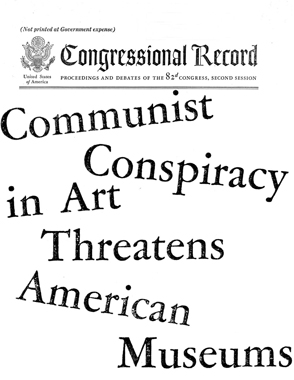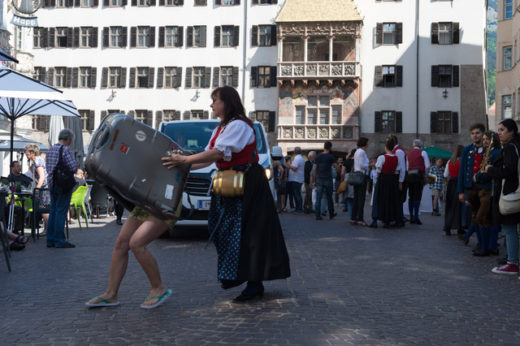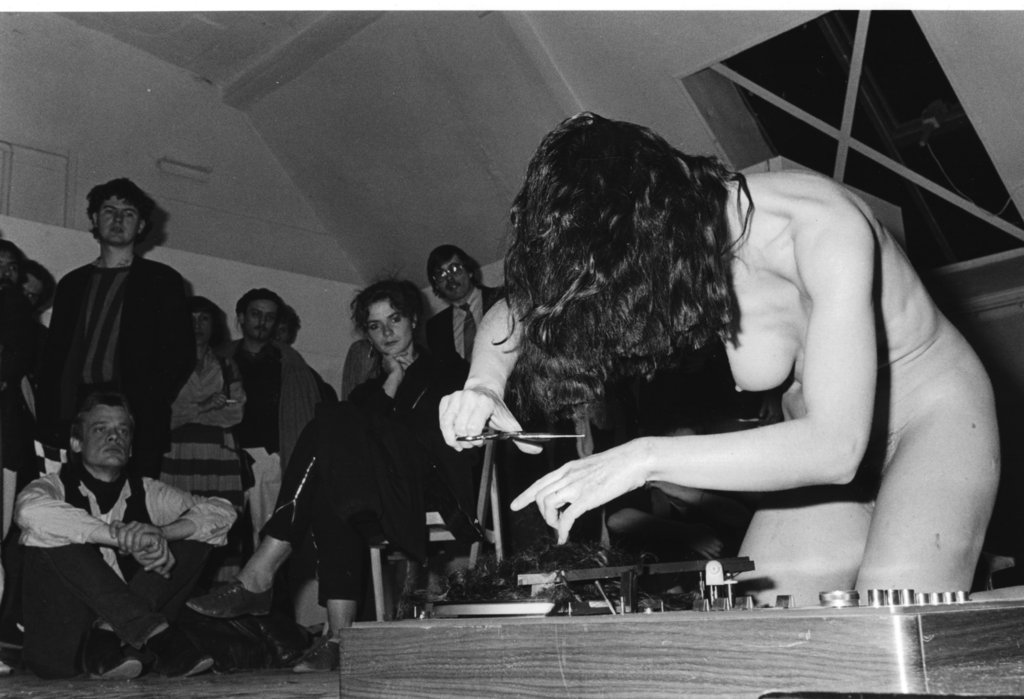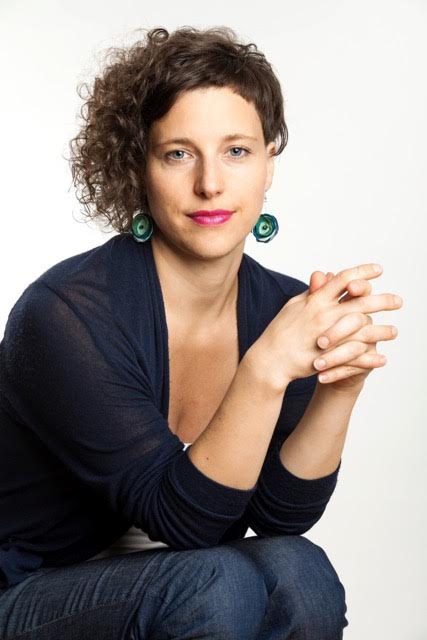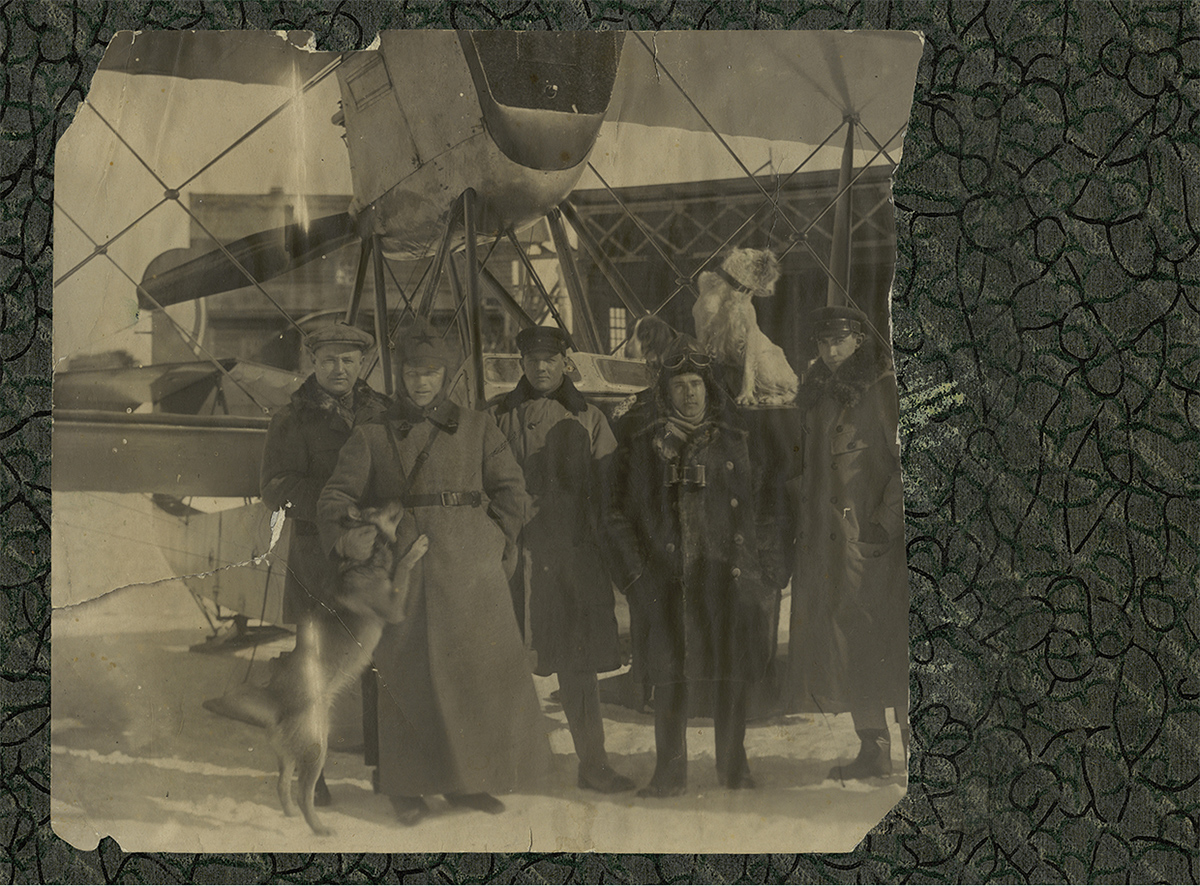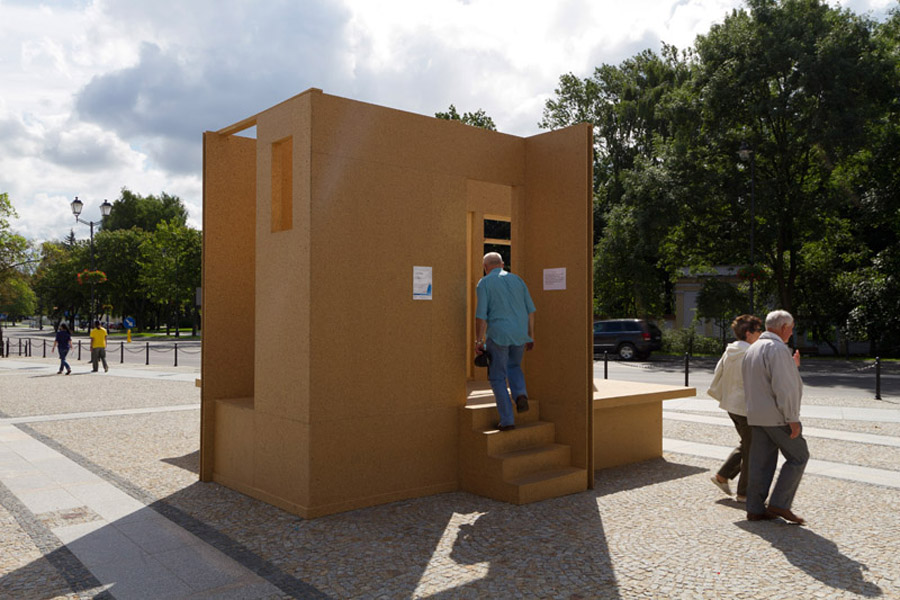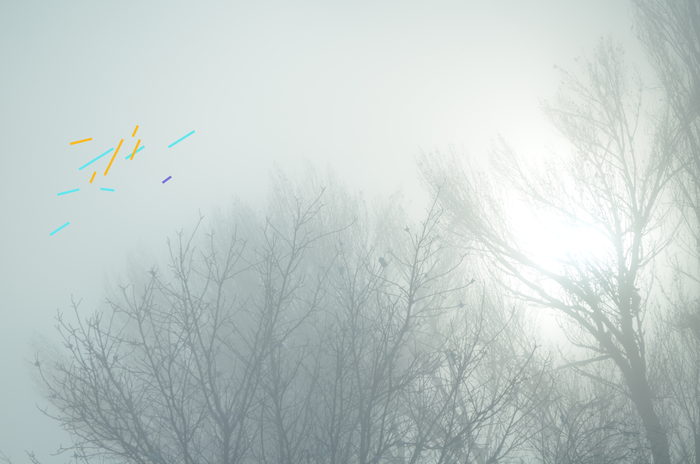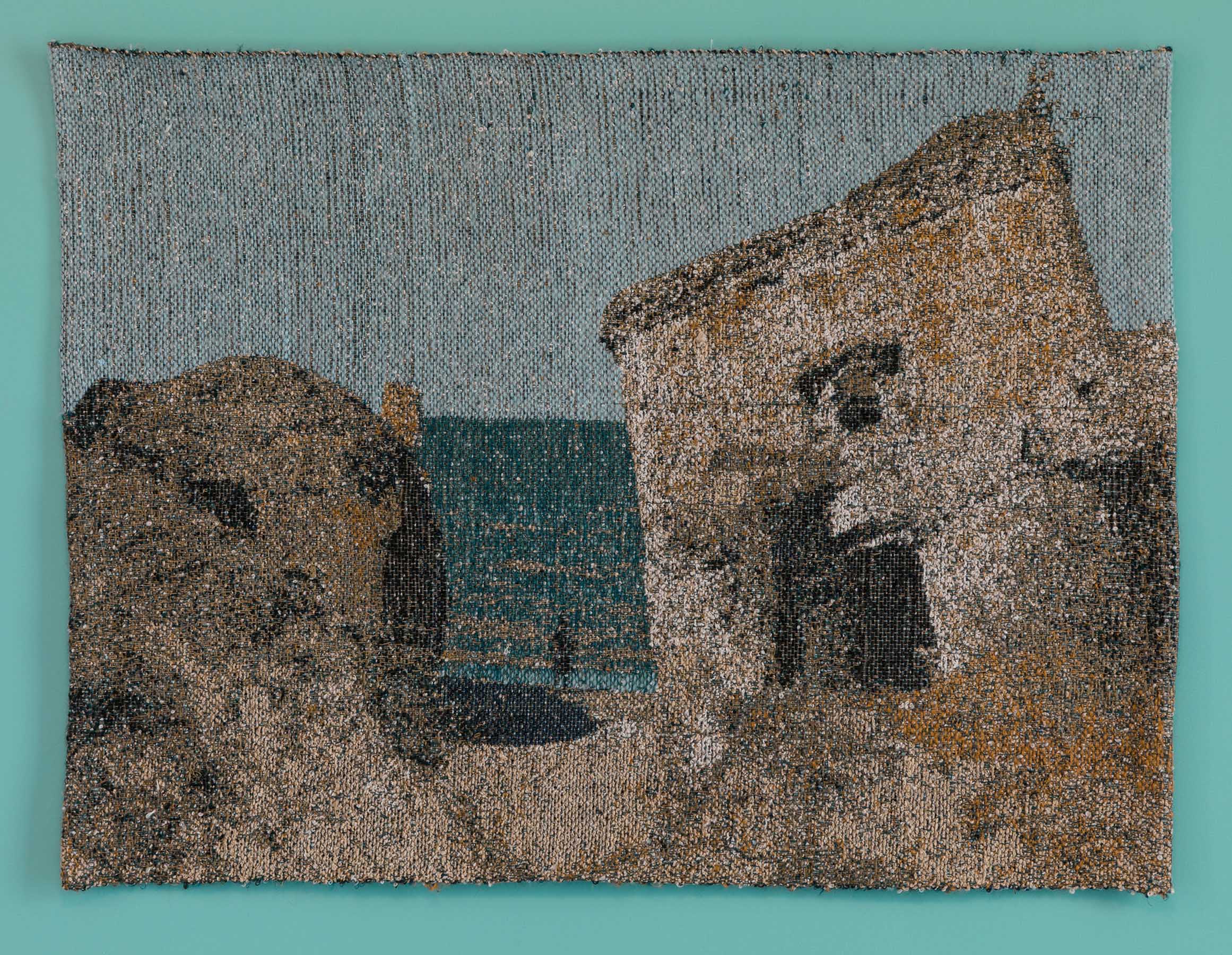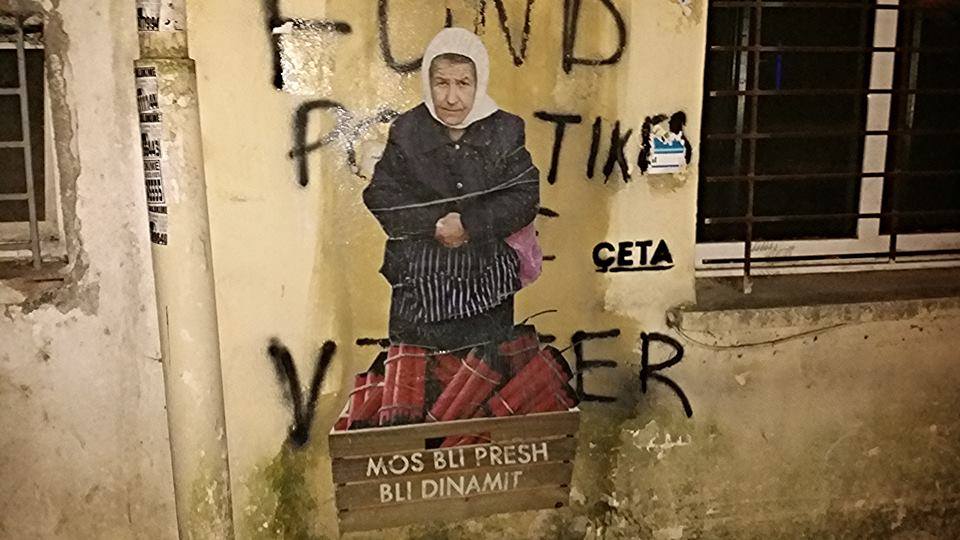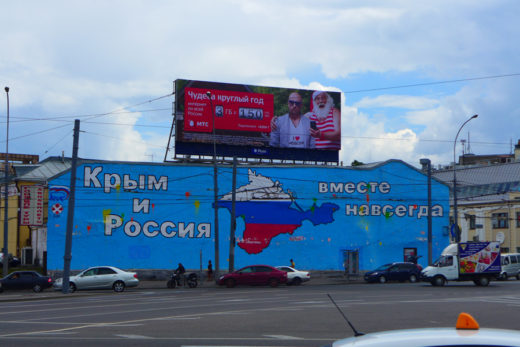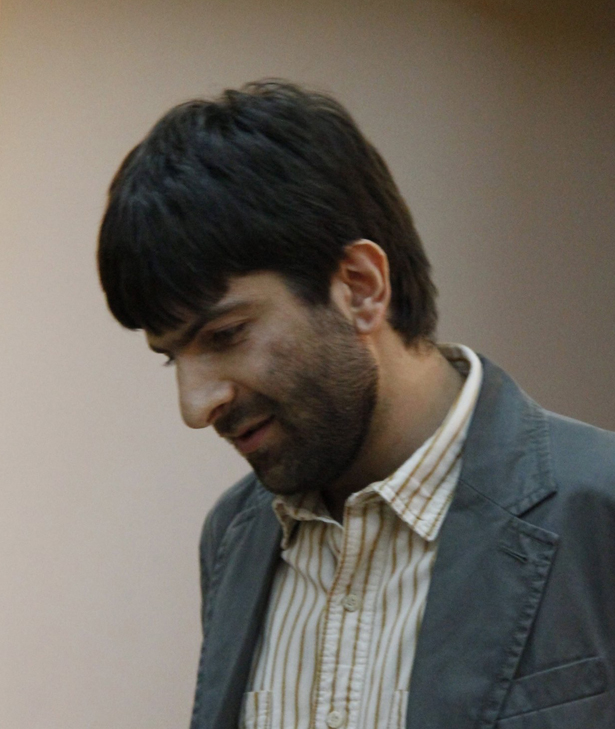One on One: Pleurad Xhafa, 200 Million Euro (2020)
The “One on One” series presents timely encounters between ARTMargins Online editors and contemporary artists, usually focused on one recent work. Recently, artist Pleurad Xhafa was among the protesters occupying the National Theater in Tirana in May of this year. Along with the other occupiers, Xhafa was arrested by police, and although he was subsequently released, he is currently facing charges including resisting arrest and illegal gathering.
Raino Isto: 200 Million Euro was originally installed on the stage of the National Theater of Tirana earlier this year, but it was destroyed—physically—together with that building in the early hours of … Read more




